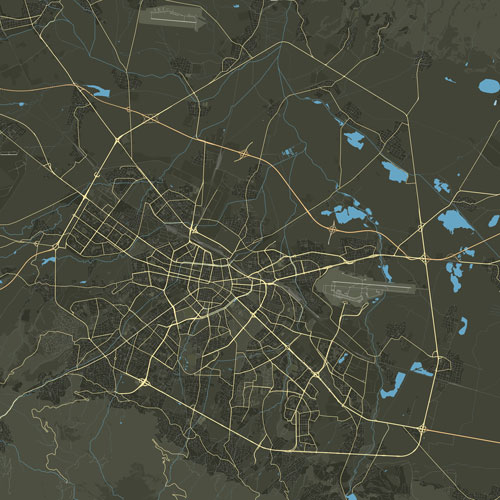The Vinča culture, a significant paleohistorical civilization, is renowned for pioneering several groundbreaking achievements during the prehistoric era, predating the 12th century BC. Flourishing during the early Eneolithic period, this culture fostered the development of metallurgy, notably copper and gold, owing to the abundant presence of these metals along the surface, particularly evident in regions like Bulgaria where numerous gold-bearing rivers flowed. Notably, the Vinča culture is credited with the inception of the world’s oldest proto-writing system, known as the Danube proto-writing, alongside pioneering the earliest metal casting technology and erecting the first stone buildings in Europe.
Evidences of this advanced early Eneolithic civilization are scattered across various sites such as the Blantica complex, Vinča, Karanovo VI, Hotnitsa, and the Varna Necropolis. Considered among the oldest civilizations in Europe, it served as a pivotal center for copper metallurgy, showcasing some of the earliest indications of pre-monetary signs crafted from shells, signifying developed trade links with the Mediterranean region as early as the Eneolithic or Chalcolithic era, supported by imported artifacts like the Mediterranean shell Spondylus.
Furthermore, Bulgaria’s historical landscape boasts significant findings, including ancient human remains dating back 7.2 million years, such as a tooth belonging to the ancestor Graecopithecus freybergi.
Transitioning to the Thracian era spanning from the 12th century BC to the 1st century AD, the Odrysian kingdom emerged as a dominant force among the Thracian tribes. Believed to have settled in the eastern Balkan Peninsula around 3500 BC, the Thracians diversified into distinct groups by the 12th century BC, inhabiting the territory of present-day Bulgaria. Herodotus, the ancient Greek historian, characterized the Thracians as a populous group, delineated by various regional names yet unified by common customs and traditions.
Throughout history, the Thracians experienced periods of subjugation and independence, notably falling under the dominion of Philip and Alexander the Great’s Ancient Macedonia in the 4th century BC but reclaiming autonomy by the century’s end. The influx of Celtic groups in the 3rd century BC posed a brief challenge to Thracian sovereignty, yet their hegemony proved fleeting. Ultimately, the Roman Republic’s conquest of the region in the middle of the 1st century BC marked the end of Thracian independence.
Renowned for their martial prowess, the Thracians were esteemed for their distinct cavalry, uncommon in the context of ancient Greece. Even during the Roman era, Thrace remained a significant source of military recruits and gladiators. Notably, Spartacus, the leader of the largest slave rebellion against Rome, hailed from the Thracian Medes tribe, underscoring their formidable reputation.
Contemporary understanding of Thracian civilization is primarily derived from archaeological excavations of grand Thracian tombs, settlement sites, temples, and sanctuaries. Noble Thracians were interred in elaborate tombs alongside abundant grave goods, occasionally including sacrificial offerings like women, vessels, and other items believed necessary for the afterlife.

